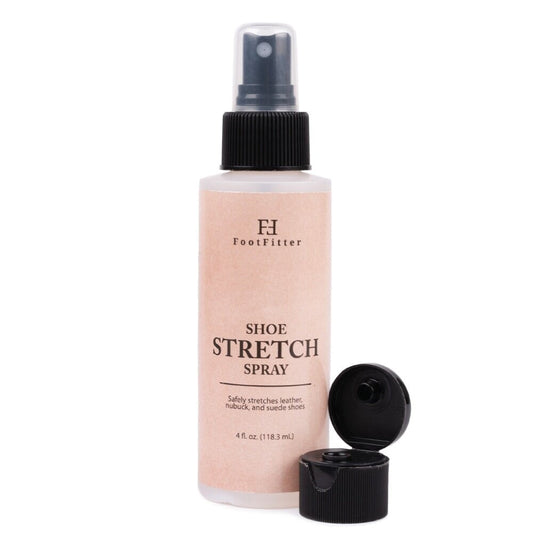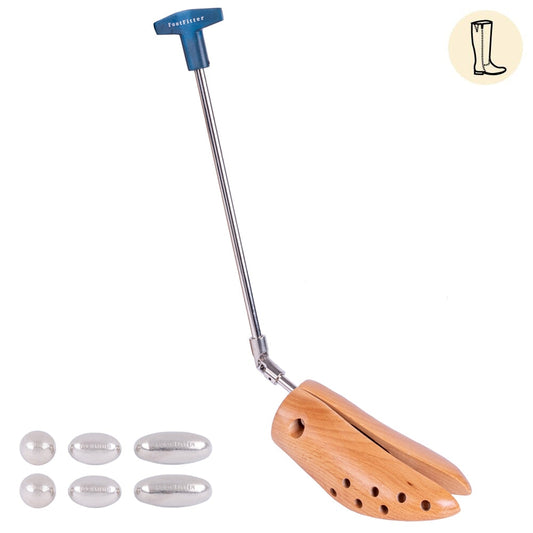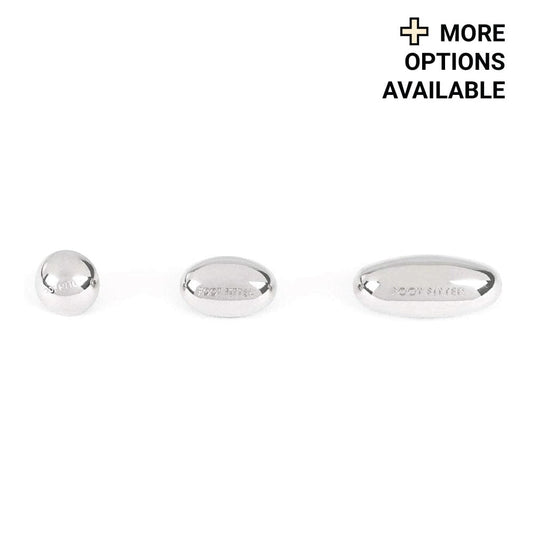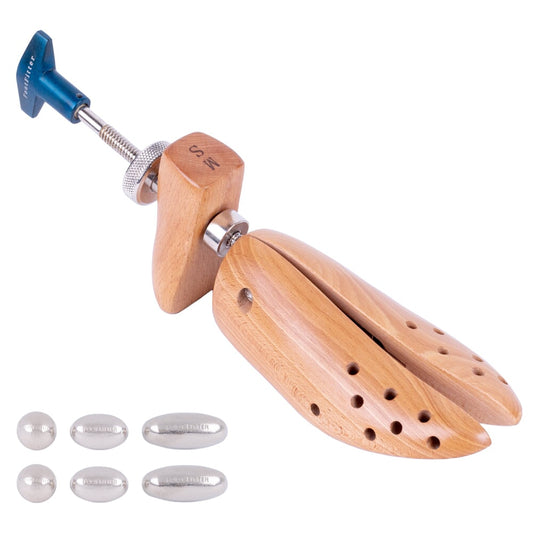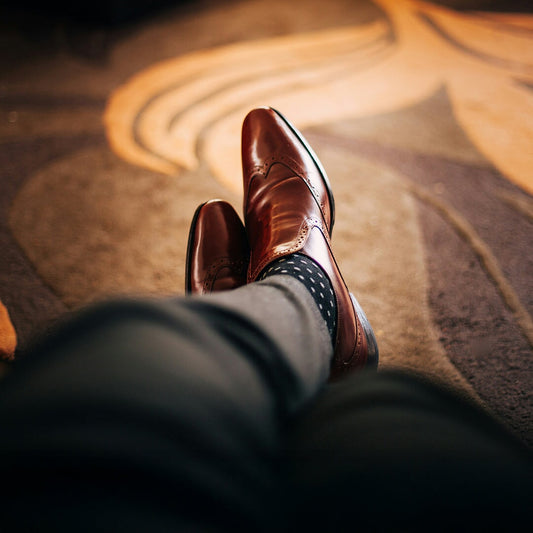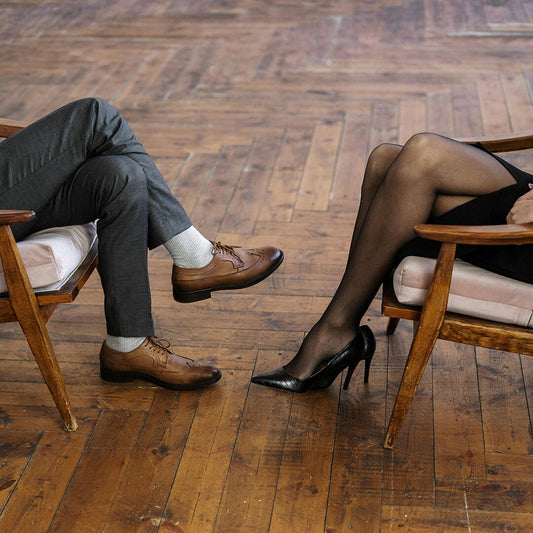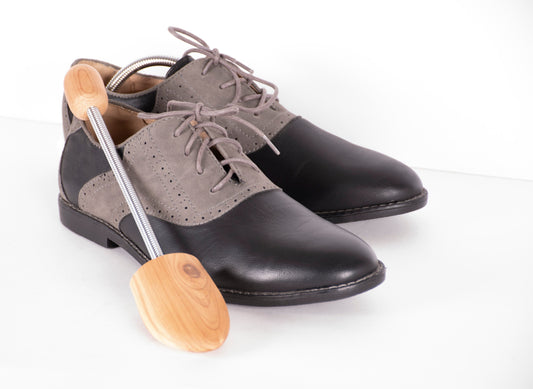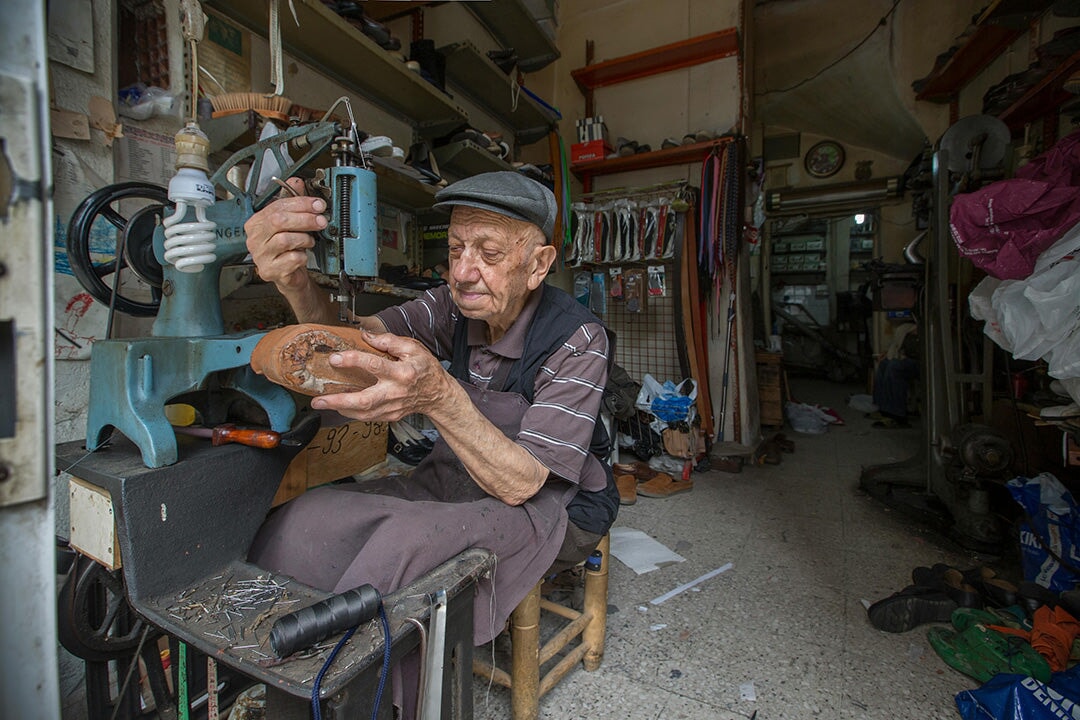
Fixing Shoe Problems: Going to the Cobbler v. DIY
Share
Shoes are a staple of any closet. Therefore, preserving their style, flare and class is pertinent. When your shoes start looking dull or the heel on your favorite stilettos breaks, it can really put a damper on your collection. Fixing the problem is inevitable and necessary but you may be wondering how to go about it. Depending on the severity of your footwear faux pas, you will have to decide whether to go to the cobbler or fix the problem yourself from home.
Originally, working as a cobbler entailed making custom shoes. Today, many cobblers spend their days repairing and restoring shoes. For many professionals in the field, the trade is a family craft passed through generations. Others find the trade through apprenticeships and can earn certifications related to the study of solving foot-related problems. For more serious shoe problems, going to a cobbler offers a trusted solution.
However, not all shoe issues require seeking out a professional. For issues relating more to maintenance rather than repair, there are solutions that can easily be performed from home. To make things easier, here at FootFitter, we broke down which issues require a professional and which problems can be fixed from home.
If you have scuffs and stains…DIY.

For minor scuffs and stains, there is no need to seek out a professional. A little at-home polishing can go a long way. In fact many household products can wash away imperfections. In addition, adding the right brushes to your collection will make a significant difference.
For instance, when dealing with leather shoes, it is useful to invest in a horsehair bristle brush. This tool is great at wiping away dirt and debris and distributing polish before buffing.
On the other hand, if you are dealing with a material like suede, other tools like an eraser are necessary to remove scuffs and stains. In this case, it is beneficial to invest in a tool like the FootFitter four-in-one suede and nubuck cleaner, which combines brass and nylon bristles in addition to containing a stain eraser.
For more tips on how to clean leather and suede shoes:
“Shoe Shining Tips to Maintain the Longevity and Luxury of Your Leather“
“How to Clean Suede Shoes: Subduing Stubborn Scuffs and Stains“
If you break your heel…go to the cobbler.

When it comes to a broken heel, there is not much that at-home products can offer you. After all, you don’t want to be stomping around with a heel held together by tape or super glue.
Therefore, when one of your stilettos unfortunately loses a leg, it’s time to take a trip to the cobbler. For cheaper heels, the job may only cost around $10.
However, with more expensive stilettos, the price could reach $60 to $120. Considering high end shoes like Christian Louboutins cost upwards of $700, the investment in fixing a heel is worth not having to buy a new pair.
If your shoes lose vibrancy…DIY.
We all love that new shoe feeling when our new kicks are shiny and fresh. So it’s no wonder that those are the shoes we absolutely wear to death. While finding new ways to match a variety of outfits to your favorite shoes is great, this also means that your shoes are probably experiencing some serious wear and tear.
Aside from stains and scuffs, shoes lose their vibrancy over time. However, color can be restored without visiting the local cobbler.
Shoe polish is great for restoring the appearance of shoes from home. In addition, certain products are especially tailored to restoring a shoe’s vibrancy. For instance, the FootFitter Premium Shoe Cream Polish caters to restoring white, neutral, brown and black leather shoes.
If you have damaged waterproofing or holes…go to the cobbler.
There are some issues that polish and buffing techniques can’t fix. One such issue is the unfortunate case of holes in the soles of your shoes. When this happens during a rainy season, you can also usually expect the problem of wet socks.
Luckily, cobblers are able to repair failed waterproofing, fill holes and replace damaged soles.
As far as prices, waterproofing usually costs between $15 and $25. Replacing soles ranges from about $30 to $75. Numerous holes will make the cost increase, so taking your shoes in sooner rather than later will save you a little bit of cash.
If your new shoes are too tight…DIY.
When you get a fresh pair of shoes, there is nothing worse than wanting to slip them on and wear them out but instead being met with instant discomfort because of their rigidness.
However, making your shoes wearable does not require expert help. And no, if they are just a little snug, you don’t have to return them for a bigger size either.
Alternatively, try investing in a shoe stretcher that you can use from home. Instead of breaking your shoes in while they are still uncomfortable, a shoe stretcher will do the hard work for you by lengthening and widening them. In fact, it takes the place of your foot while your shoes are resting in your closet, making them more comfortable the next time you slide them on.
For more tips on how to use a shoe stretcher:
“Which Shoe Stretcher Do I Need“
“How to Use a High Heel Stretcher“

